Home>Furniture & Design>Bathroom Accessories>How Do You Clean A Stained Toilet Bowl
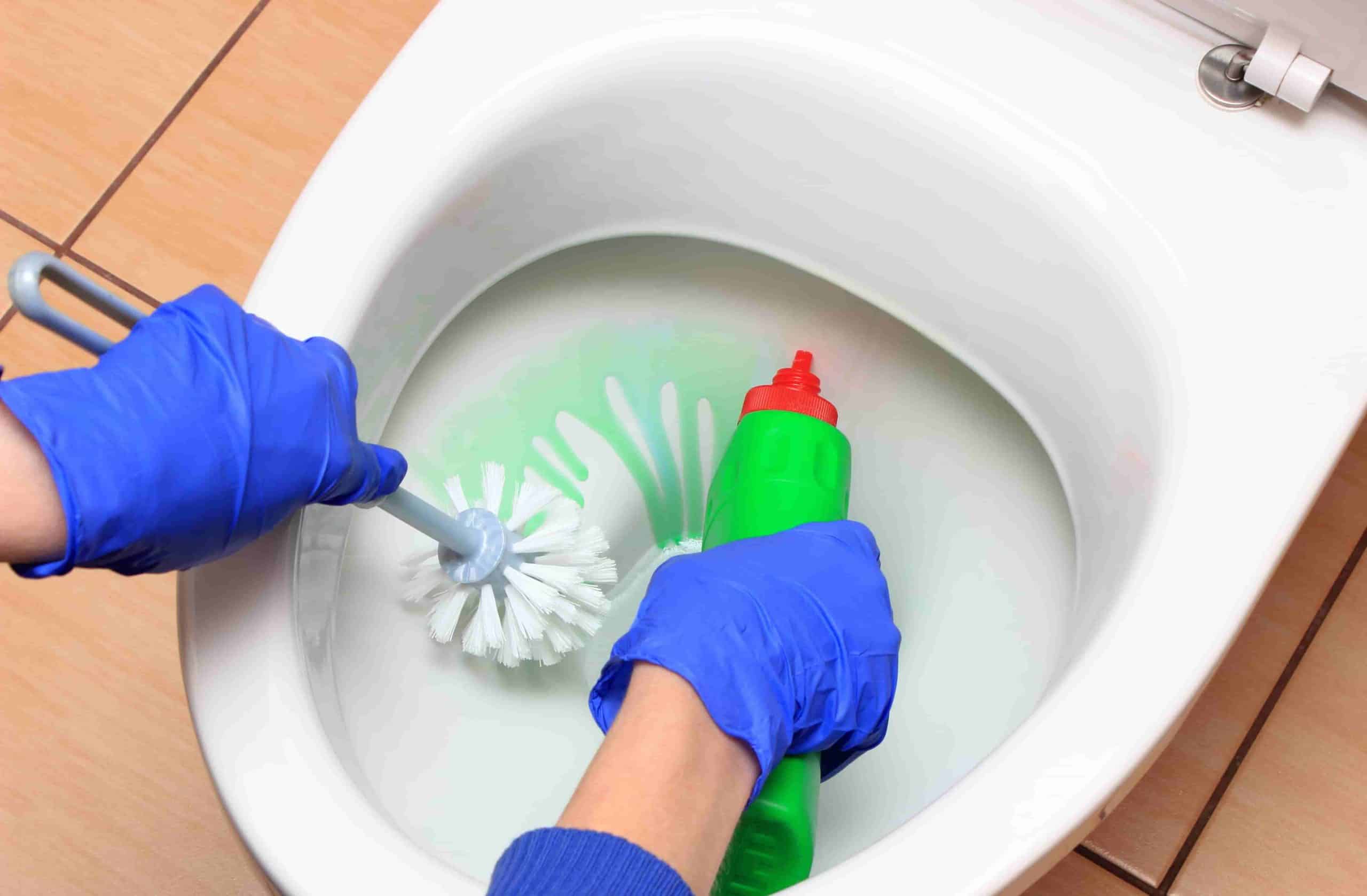

Bathroom Accessories
How Do You Clean A Stained Toilet Bowl
Modified: March 19, 2024
Learn effective ways to clean a stained toilet bowl with the right bathroom accessories. Say goodbye to stubborn stains and keep your toilet sparkling clean!
(Many of the links in this article redirect to a specific reviewed product. Your purchase of these products through affiliate links helps to generate commission for Storables.com, at no extra cost. Learn more)
Introduction
Cleaning a stained toilet bowl can be a daunting task, but with the right tools, supplies, and techniques, you can restore your toilet to its pristine condition. Stains in the toilet bowl are not only unsightly but can also harbor bacteria and unpleasant odors. Whether the stains are caused by hard water, mineral deposits, or mold and mildew, it's essential to address them promptly to maintain a hygienic and visually appealing bathroom.
Understanding the nature of the stains is crucial in determining the most effective cleaning approach. Different types of stains require specific cleaning methods and products to ensure thorough removal without damaging the toilet surface. By familiarizing yourself with the characteristics of the stains, you can tailor your cleaning strategy for optimal results.
In this comprehensive guide, we will delve into the various types of toilet bowl stains, the tools and supplies needed for effective cleaning, and a step-by-step process to tackle even the most stubborn stains. Additionally, we will explore preventive measures to minimize the recurrence of stains, helping you maintain a sparkling clean toilet bowl for the long term.
Embark on this journey to transform your stained toilet bowl into a gleaming fixture that enhances the overall cleanliness and aesthetics of your bathroom. With the insights and techniques shared in this guide, you'll be equipped to tackle toilet bowl stains with confidence and achieve remarkable results. Let's dive into the world of toilet bowl cleaning and discover the transformative power of effective stain removal.
Key Takeaways:
- Say goodbye to stubborn toilet bowl stains by understanding their nature and using the right tools and supplies. Follow a systematic cleaning process to restore your toilet to a pristine condition.
- Prevent future toilet bowl stains by establishing a regular cleaning schedule, using preventive products, and promoting hygienic practices. With proactive measures, enjoy a clean and stain-free toilet bowl for the long term.
Read more: How To Clean A Toilet Bowl With Stains
Understanding the Stains
To effectively combat toilet bowl stains, it's essential to understand the various types of stains that can mar the surface. By identifying the nature of the stains, you can tailor your cleaning approach for optimal results. Here are the common types of toilet bowl stains:
-
Hard Water Stains: These stains are caused by mineral deposits, primarily calcium and magnesium, present in the water supply. Over time, these minerals can accumulate in the toilet bowl, resulting in unsightly brown or yellowish stains. Hard water stains are notorious for their stubborn nature, requiring targeted cleaning methods to dissolve and remove the mineral buildup.
-
Mineral Deposits: Similar to hard water stains, mineral deposits can manifest as crusty, off-white rings or streaks in the toilet bowl. These deposits are often a result of mineral-rich water and can be particularly challenging to remove without the appropriate cleaning agents and techniques.
-
Mold and Mildew: In moist and humid environments, such as bathrooms, mold and mildew can thrive. These fungal growths can appear as black, green, or brown spots in the toilet bowl, signaling the presence of excess moisture. Mold and mildew stains not only detract from the toilet's appearance but also pose health risks if left unchecked.
-
Rust Stains: If your toilet bowl is exhibiting reddish-brown discoloration, it may be indicative of rust stains. These stains can result from metal components in the toilet's internal mechanisms or from rusty water pipes. Removing rust stains requires targeted cleaning solutions to dissolve the iron oxide compounds responsible for the discoloration.
By recognizing the distinct characteristics of these stains, you can determine the most suitable cleaning products and methods to effectively eliminate them. Each type of stain necessitates a tailored approach to ensure thorough removal without causing damage to the toilet bowl surface. Armed with this understanding, you can proceed to gather the necessary tools and supplies for a targeted and effective cleaning process.
Tools and Supplies Needed
When embarking on the mission to clean a stained toilet bowl, having the right tools and supplies at your disposal is paramount. Equipping yourself with the appropriate cleaning arsenal will not only streamline the process but also ensure thorough and effective stain removal. Here's a comprehensive list of tools and supplies you'll need to tackle toilet bowl stains with confidence:
Tools:
-
Toilet Brush: A durable and well-designed toilet brush is essential for scrubbing away surface stains and reaching into the nooks and crannies of the toilet bowl. Look for a brush with sturdy bristles and a comfortable grip for optimal maneuverability.
-
Rubber Gloves: Protect your hands from harsh cleaning chemicals and bacteria by donning a pair of rubber gloves. Opt for gloves that provide a snug fit and ample dexterity to facilitate thorough cleaning without compromising on safety.
-
Plastic Scraper or Pumice Stone: For stubborn stains, a plastic scraper or pumice stone can be invaluable. These tools aid in gently dislodging tough deposits without scratching or damaging the porcelain surface of the toilet bowl.
-
Microfiber Cloths: High-quality microfiber cloths are ideal for wiping down the toilet bowl and applying cleaning solutions. Their soft and absorbent nature makes them effective for buffing and polishing the surface to a sparkling finish.
-
Old Toothbrush: Repurpose an old toothbrush for intricate detailing and reaching tight spots around the toilet bowl rim and under the rim jets. The fine bristles of a toothbrush are adept at dislodging grime and buildup in hard-to-reach areas.
Cleaning Supplies:
-
Toilet Bowl Cleaner: Select a specialized toilet bowl cleaner formulated to target specific types of stains, such as hard water, mineral deposits, or mold and mildew. Look for products with powerful cleaning agents that can dissolve and lift stubborn stains with minimal effort.
-
White Vinegar: A natural and versatile cleaning agent, white vinegar is effective for combating hard water stains and mineral deposits. Its acidic properties help break down and dissolve mineral buildup, leaving the toilet bowl gleaming.
-
Baking Soda: This household staple serves as a gentle abrasive cleaner and deodorizer. When combined with vinegar, it creates a powerful foaming action that aids in lifting and removing tough stains from the toilet bowl.
-
Bleach or Hydrogen Peroxide: For disinfection and combating mold and mildew, bleach or hydrogen peroxide can be indispensable. These agents effectively kill bacteria and mold spores, ensuring a hygienic and sanitized toilet bowl.
-
Lemon Juice: The natural acidity of lemon juice makes it an excellent alternative for tackling hard water stains and imparting a fresh citrus scent to the toilet bowl.
By assembling these essential tools and supplies, you'll be well-equipped to confront toilet bowl stains head-on and achieve remarkable cleaning results. With the right arsenal at your disposal, you can proceed to implement a systematic and targeted cleaning process to restore your toilet bowl to its pristine condition.
Step-by-Step Cleaning Process
-
Assess the Stains: Begin by assessing the nature and severity of the stains in your toilet bowl. Identify the specific type of stains present, such as hard water deposits, mineral buildup, mold, or rust stains. This initial evaluation will guide your approach and product selection for targeted stain removal.
-
Prep the Area: Put on rubber gloves to protect your hands and ensure safety during the cleaning process. Open windows or turn on the ventilation fan to promote air circulation and minimize exposure to cleaning fumes. If using commercial cleaners, carefully read and follow the manufacturer's instructions for safe and effective usage.
-
Apply Cleaning Solution: Depending on the type of stains present, apply the appropriate cleaning solution to the toilet bowl. For hard water stains and mineral deposits, pour white vinegar directly into the bowl, ensuring it covers the stained areas. Allow the vinegar to sit for at least 15-30 minutes to penetrate and dissolve the mineral buildup. Alternatively, for mold and mildew stains, use a specialized mold and mildew cleaner or a diluted bleach solution to target and disinfect the affected areas.
-
Scrub and Agitate: Utilize a toilet brush to vigorously scrub the interior of the bowl, focusing on the areas with visible stains. The bristles of the brush, combined with the cleaning solution, work to dislodge and lift the stubborn deposits. For particularly tough stains, use a plastic scraper or pumice stone with gentle pressure to aid in the removal process, taking care to avoid scratching the porcelain surface.
-
Address Hard-to-Reach Areas: Use an old toothbrush to access hard-to-reach spots under the rim and around the rim jets. Thoroughly scrub these areas to ensure comprehensive stain removal and prevent potential buildup in concealed crevices.
-
Rinse and Repeat if Necessary: Flush the toilet to rinse away the cleaning solution and dislodged stains. Assess the results, and if residual stains persist, consider repeating the cleaning process with a fresh application of the appropriate cleaning agent. Persistence and thoroughness are key to achieving a spotless finish.
-
Final Touches: Once the stains are effectively removed, use a clean microfiber cloth to wipe down the entire interior of the toilet bowl, ensuring any remaining residue is eliminated. This step contributes to a polished and gleaming finish, free from unsightly stains and marks.
By following this systematic cleaning process, tailored to the specific type of stains present in your toilet bowl, you can effectively restore its cleanliness and visual appeal. With diligence and the right cleaning techniques, you can bid farewell to stubborn stains and enjoy a sparkling, hygienic toilet bowl.
Use a toilet bowl cleaner with bleach or a mixture of vinegar and baking soda to scrub the stains. Let it sit for a few minutes before scrubbing with a toilet brush. Flush to rinse.
Preventing Future Stains
After successfully removing stains from your toilet bowl, it's essential to implement preventive measures to minimize the likelihood of future stains. By incorporating proactive strategies into your bathroom maintenance routine, you can prolong the cleanliness of your toilet bowl and reduce the frequency of intensive cleaning sessions. Here are effective methods to prevent future stains and preserve the pristine condition of your toilet bowl:
-
Regular Cleaning Schedule: Establish a consistent cleaning schedule for your bathroom, including the toilet bowl. By routinely cleaning the toilet bowl with mild, non-abrasive cleaners, you can prevent the accumulation of stubborn stains. Regular maintenance helps address minor deposits before they become deeply ingrained, maintaining the toilet bowl's luster.
-
Use of Toilet Bowl Tablets or Cleaners: Consider using toilet bowl tablets or in-tank cleaners that help prevent the formation of stains and mineral deposits. These products release cleaning agents with each flush, effectively reducing the buildup of hard water stains and mineral deposits over time. However, it's important to select products that are compatible with your toilet's materials and plumbing system to avoid potential damage.
-
Hygienic Practices: Encourage hygienic practices in the bathroom to minimize the introduction of substances that contribute to stains. Promptly address any spills or splashes, especially those containing colored liquids or substances known to cause stains. Additionally, discourage the placement of objects, such as metal cans or containers, on the toilet tank or rim, as they can lead to rust stains.
-
Water Softening Systems: If hard water is a prevalent issue in your area, consider installing a water softening system for your home. These systems effectively reduce the mineral content in the water supply, mitigating the formation of hard water stains and mineral deposits in your toilet bowl and other fixtures.
-
Ventilation and Moisture Control: Proper ventilation in the bathroom is crucial for controlling moisture levels and inhibiting the growth of mold and mildew. Use exhaust fans or open windows during and after bathing to expel excess humidity. Additionally, promptly address any leaks or plumbing issues to prevent water accumulation, which can contribute to mold and mildew stains.
-
Regular Inspections and Maintenance: Periodically inspect the toilet bowl, tank, and components for signs of leaks, corrosion, or deterioration. Addressing potential issues promptly can prevent the development of rust stains and other forms of discoloration. Additionally, ensure that the toilet's flushing mechanisms are functioning optimally to prevent stagnant water and potential mineral buildup.
By incorporating these preventive measures into your bathroom maintenance routine, you can significantly reduce the recurrence of stains in your toilet bowl. Consistent care and proactive strategies not only preserve the visual appeal of your bathroom but also contribute to a hygienic and inviting environment. With these preventive measures in place, you can enjoy a clean and pristine toilet bowl for an extended period, minimizing the need for intensive stain removal efforts.
Conclusion
In conclusion, maintaining a clean and stain-free toilet bowl is essential for both the visual appeal and hygienic integrity of your bathroom. By understanding the nature of different types of stains, equipping yourself with the necessary tools and supplies, and implementing a systematic cleaning process, you can effectively combat stubborn toilet bowl stains. Whether it's hard water deposits, mineral buildup, mold and mildew, or rust stains, targeted cleaning approaches tailored to each type of stain can yield remarkable results.
The step-by-step cleaning process outlined in this guide provides a comprehensive framework for addressing toilet bowl stains with confidence and precision. From assessing the stains and applying the appropriate cleaning solutions to thorough scrubbing and final touches, each stage contributes to the restoration of a gleaming and hygienic toilet bowl. By following these guidelines, you can transform a stained toilet bowl into a pristine fixture that enhances the overall cleanliness and aesthetics of your bathroom.
Furthermore, the implementation of preventive measures is crucial for minimizing the recurrence of stains and preserving the cleanliness of the toilet bowl in the long term. Establishing a regular cleaning schedule, utilizing preventive products, promoting hygienic practices, and addressing water quality and ventilation contribute to a proactive approach in preventing future stains. By integrating these strategies into your bathroom maintenance routine, you can prolong the cleanliness of your toilet bowl and reduce the frequency of intensive cleaning efforts.
Ultimately, the journey to clean a stained toilet bowl is not merely a chore but an opportunity to elevate the overall cleanliness and ambiance of your bathroom. With the insights and techniques shared in this guide, you are empowered to tackle toilet bowl stains effectively, ensuring a hygienic and visually appealing environment for yourself and your household. By embracing the transformative power of effective stain removal and preventive maintenance, you can enjoy a sparkling, stain-free toilet bowl that reflects your commitment to cleanliness and well-being.
Frequently Asked Questions about How Do You Clean A Stained Toilet Bowl
Was this page helpful?
At Storables.com, we guarantee accurate and reliable information. Our content, validated by Expert Board Contributors, is crafted following stringent Editorial Policies. We're committed to providing you with well-researched, expert-backed insights for all your informational needs.
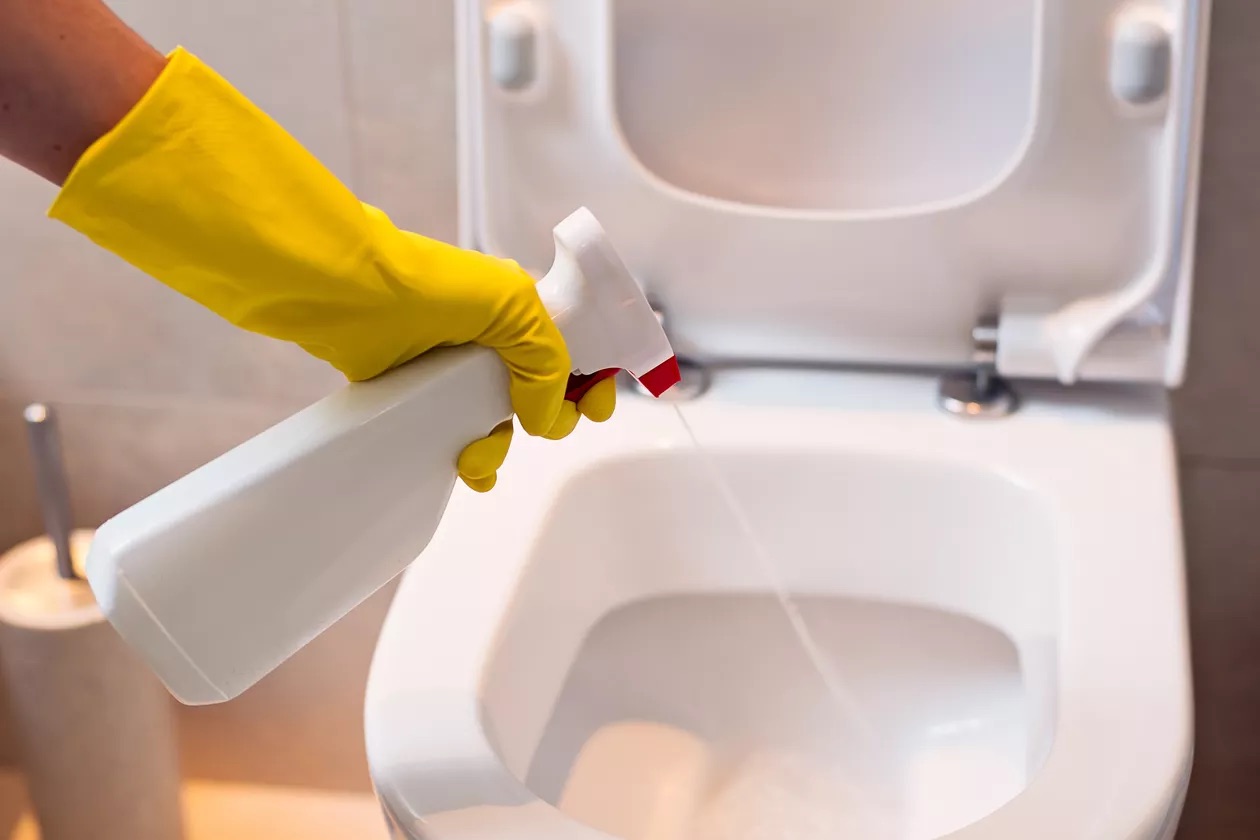
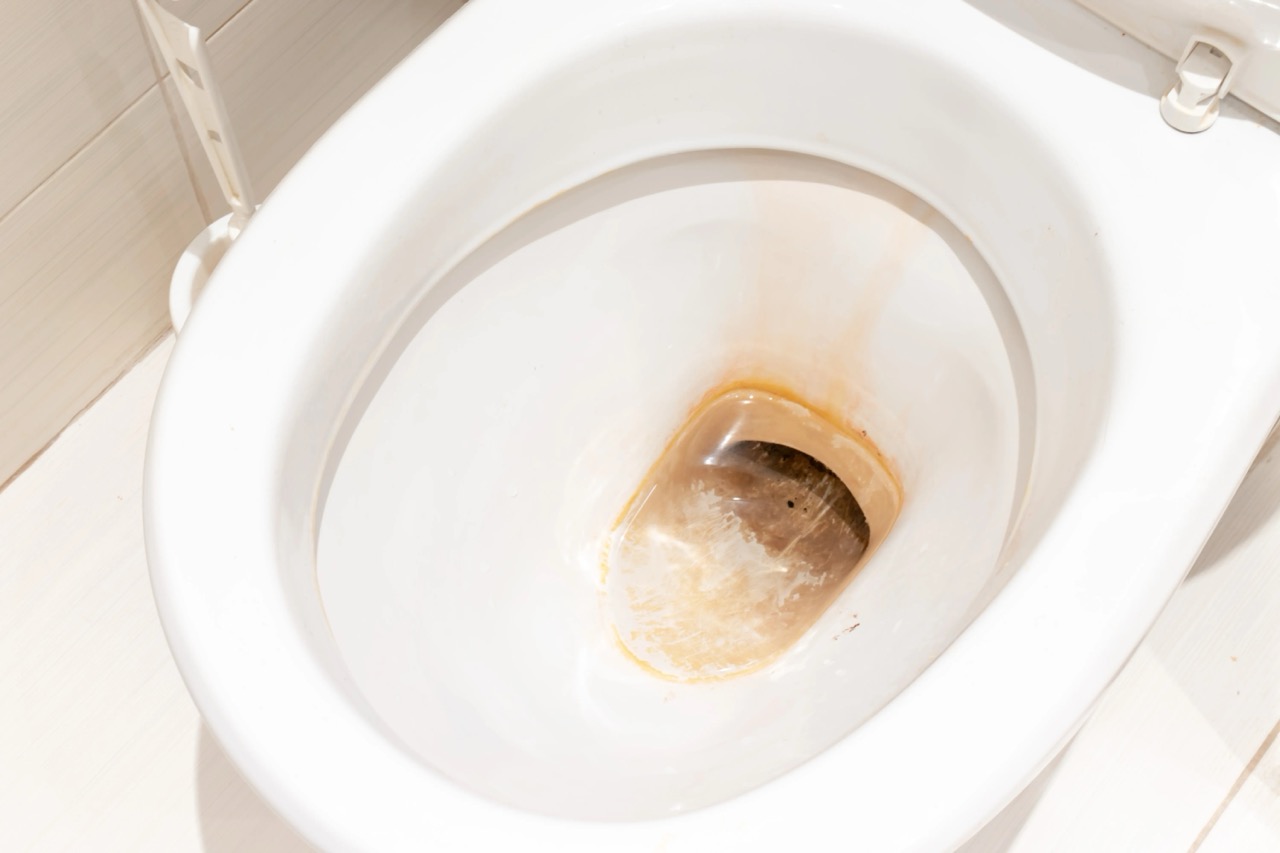
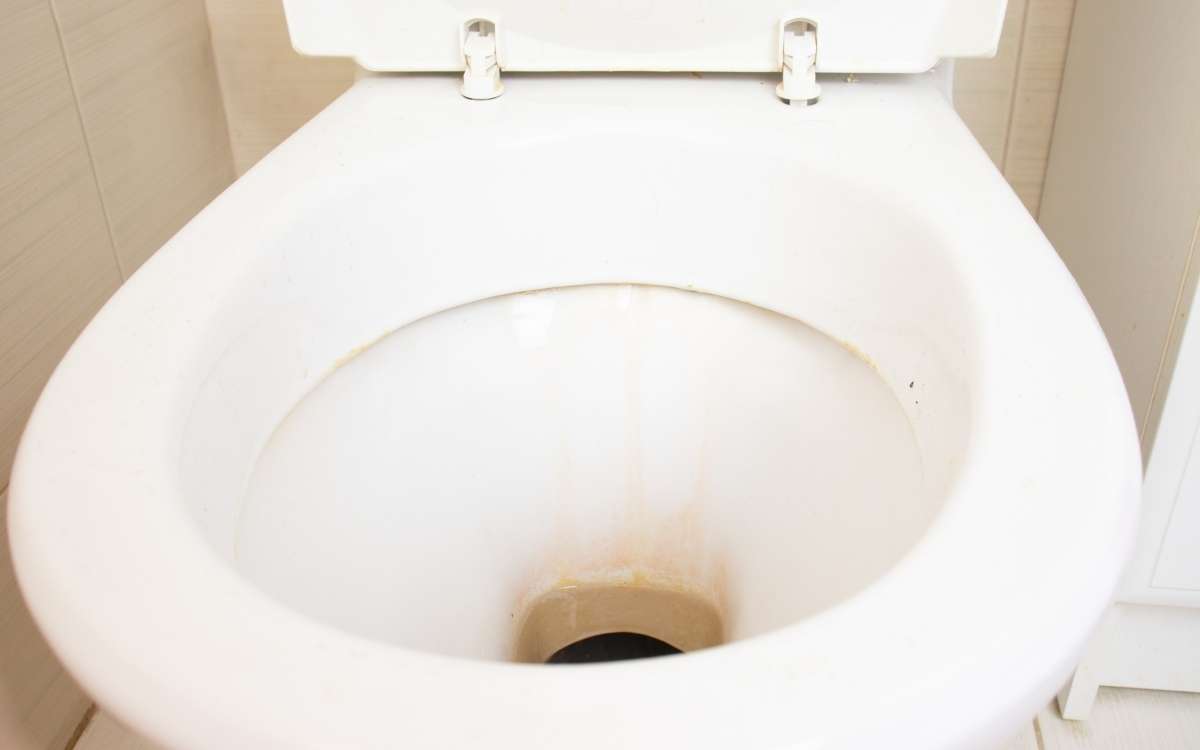
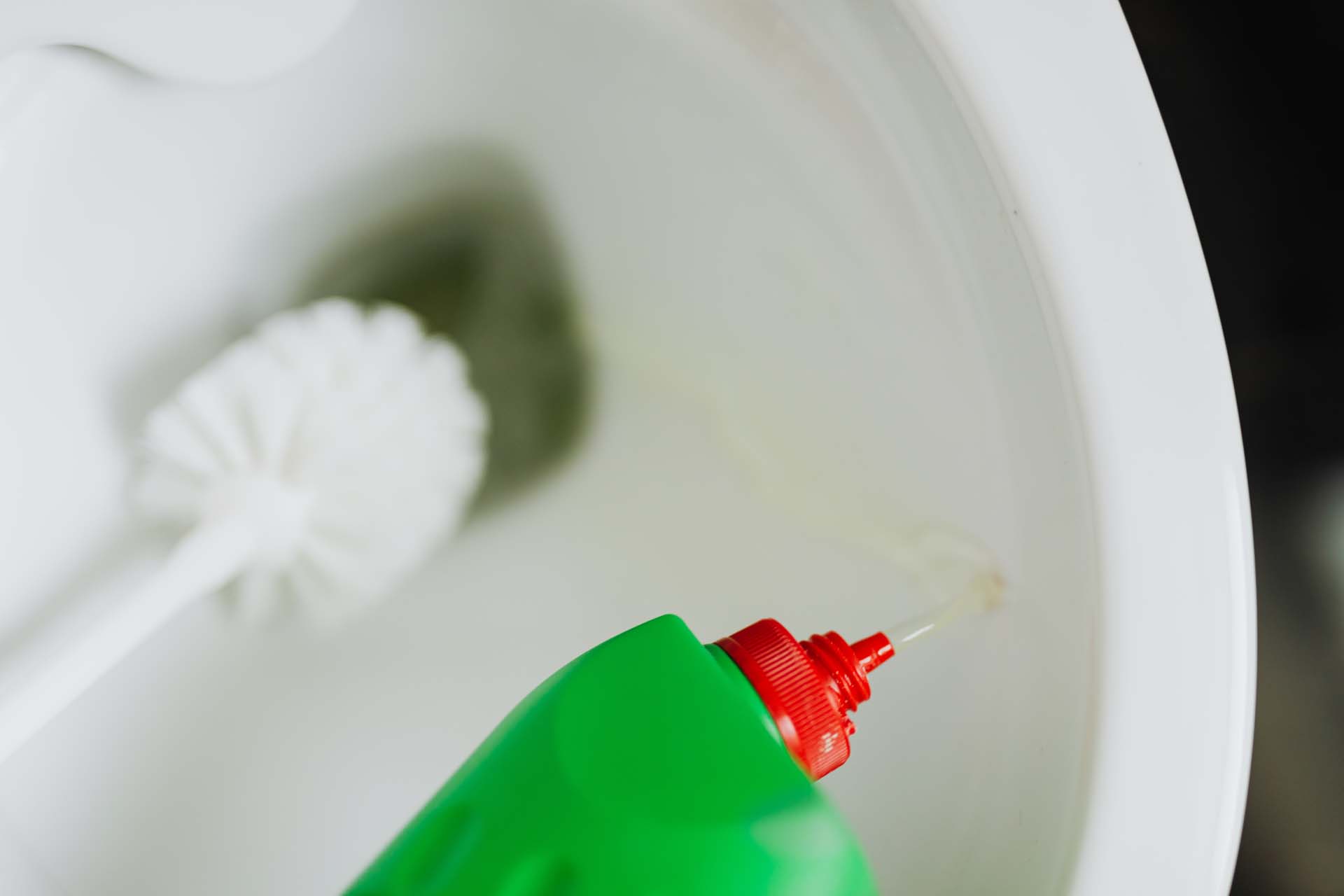
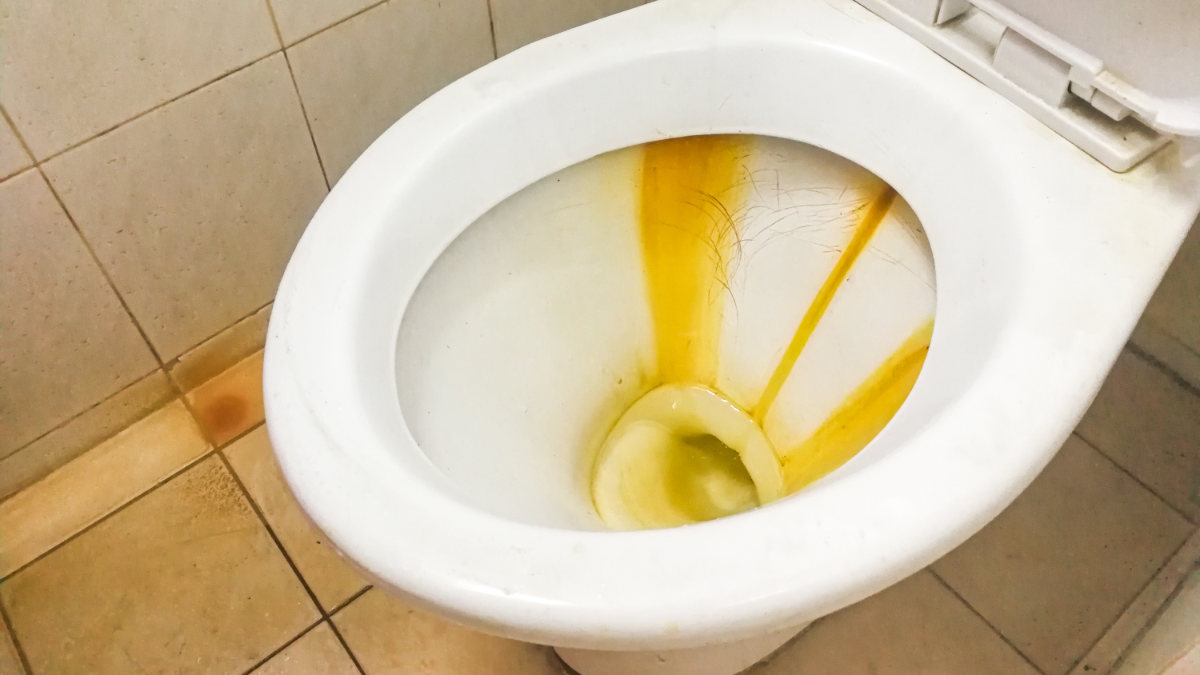
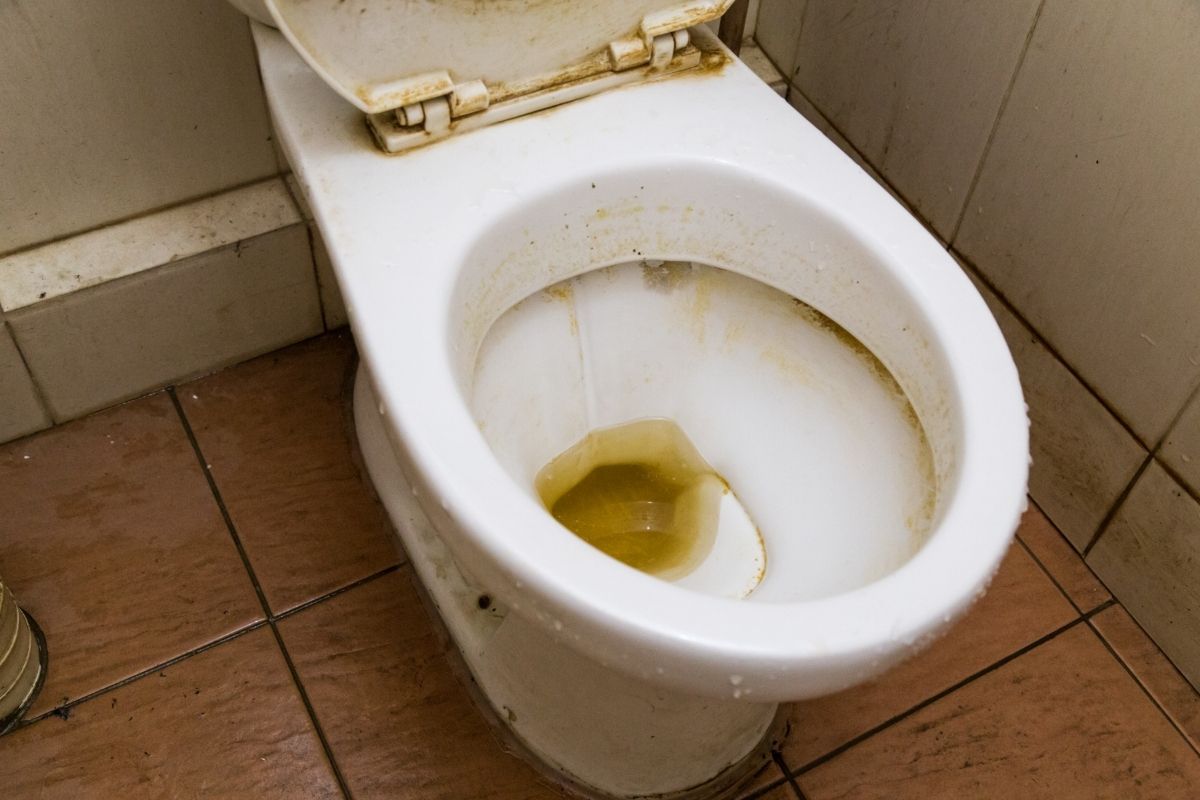
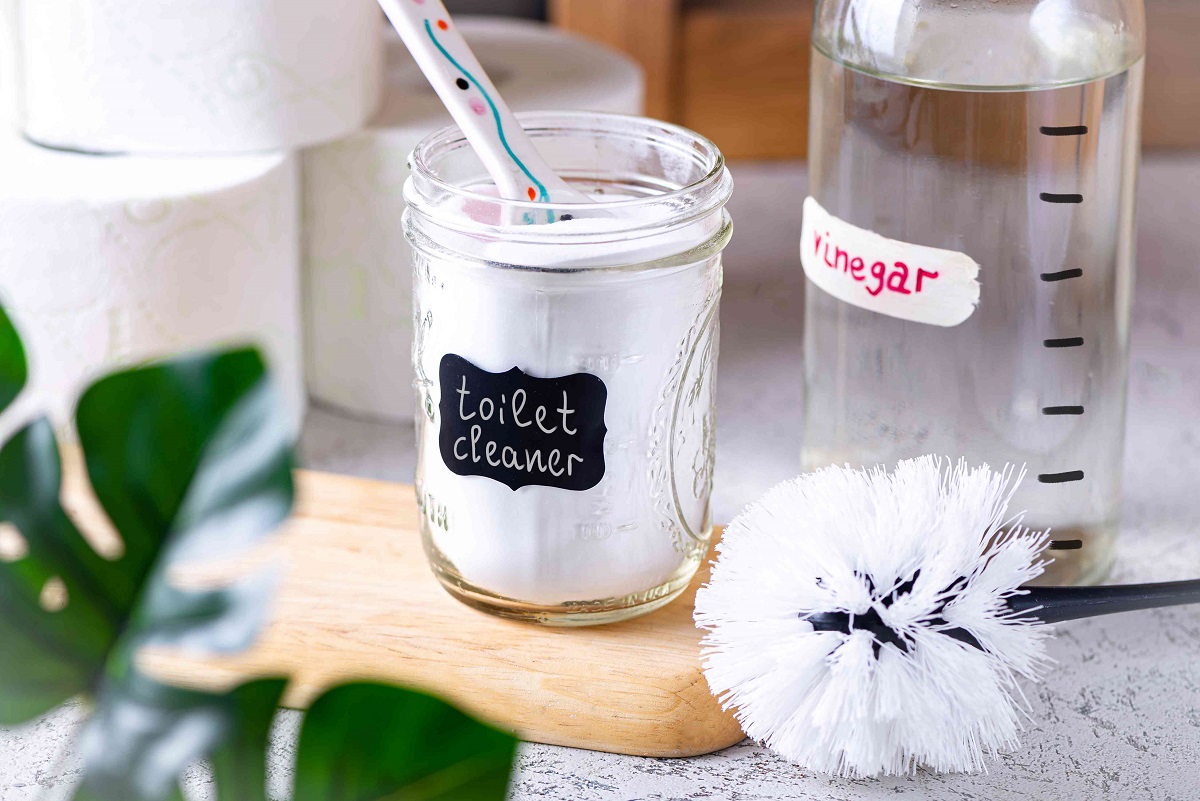
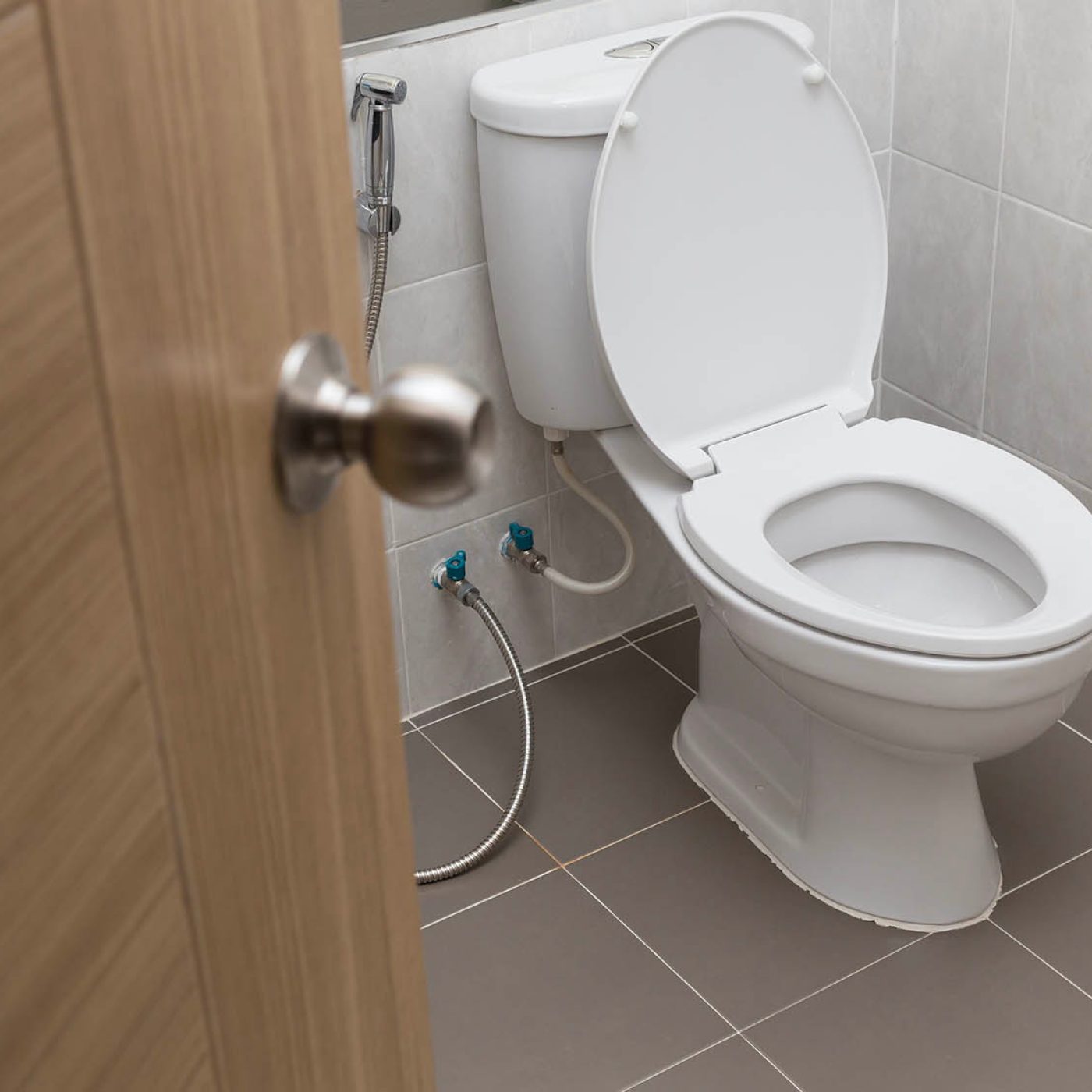
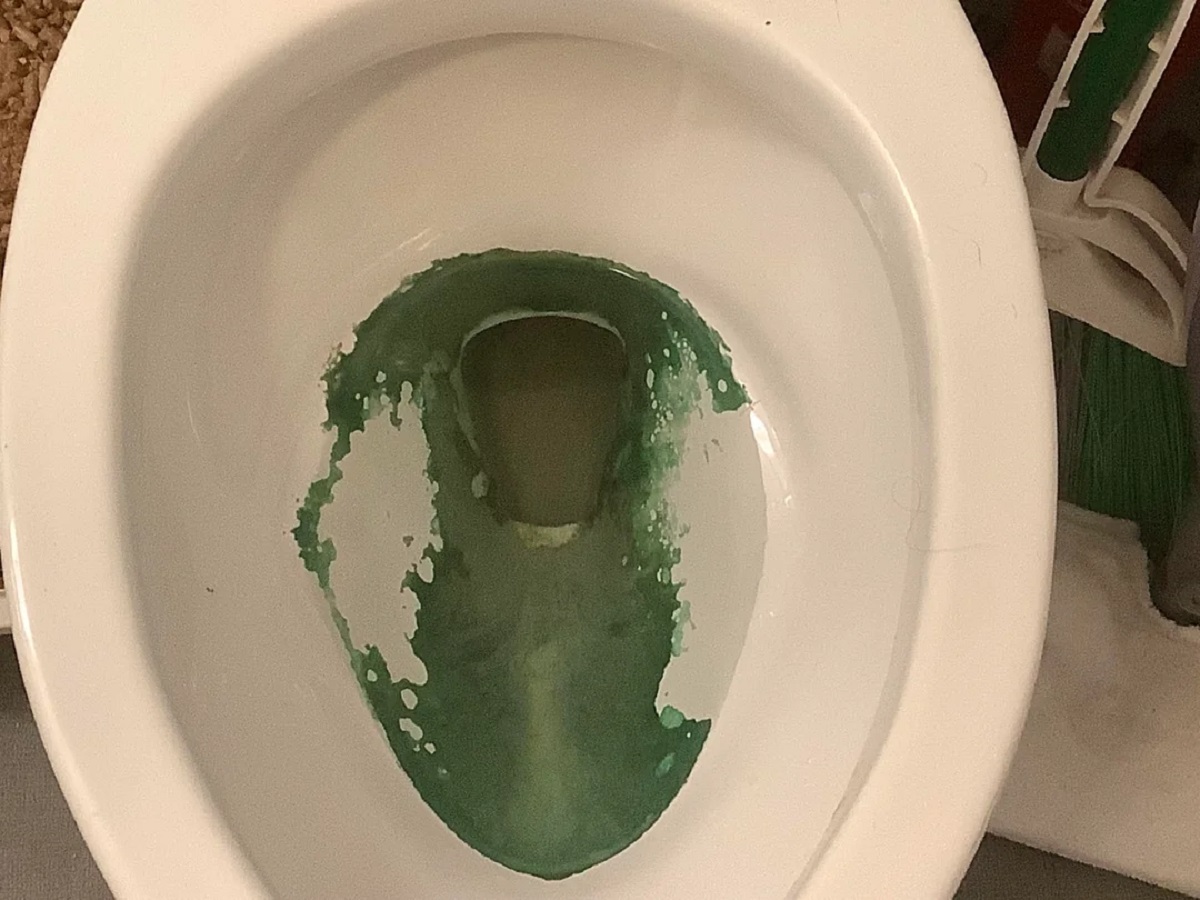
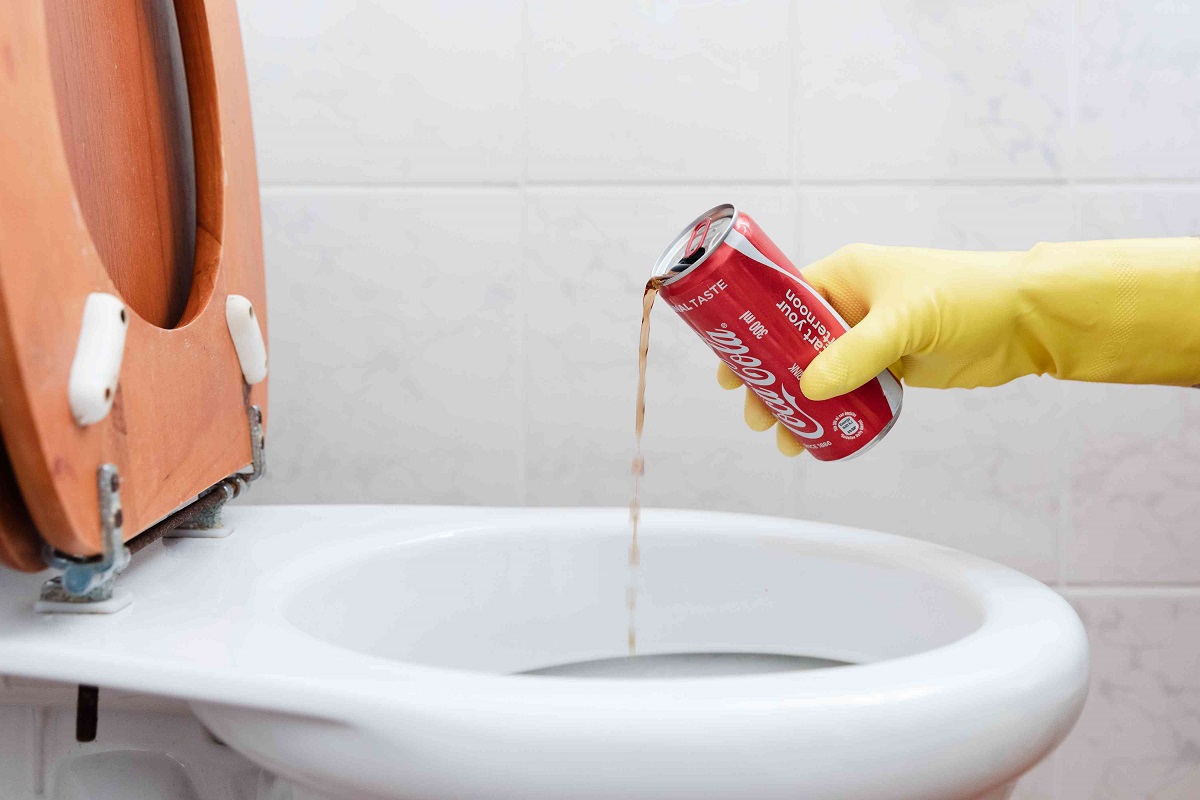
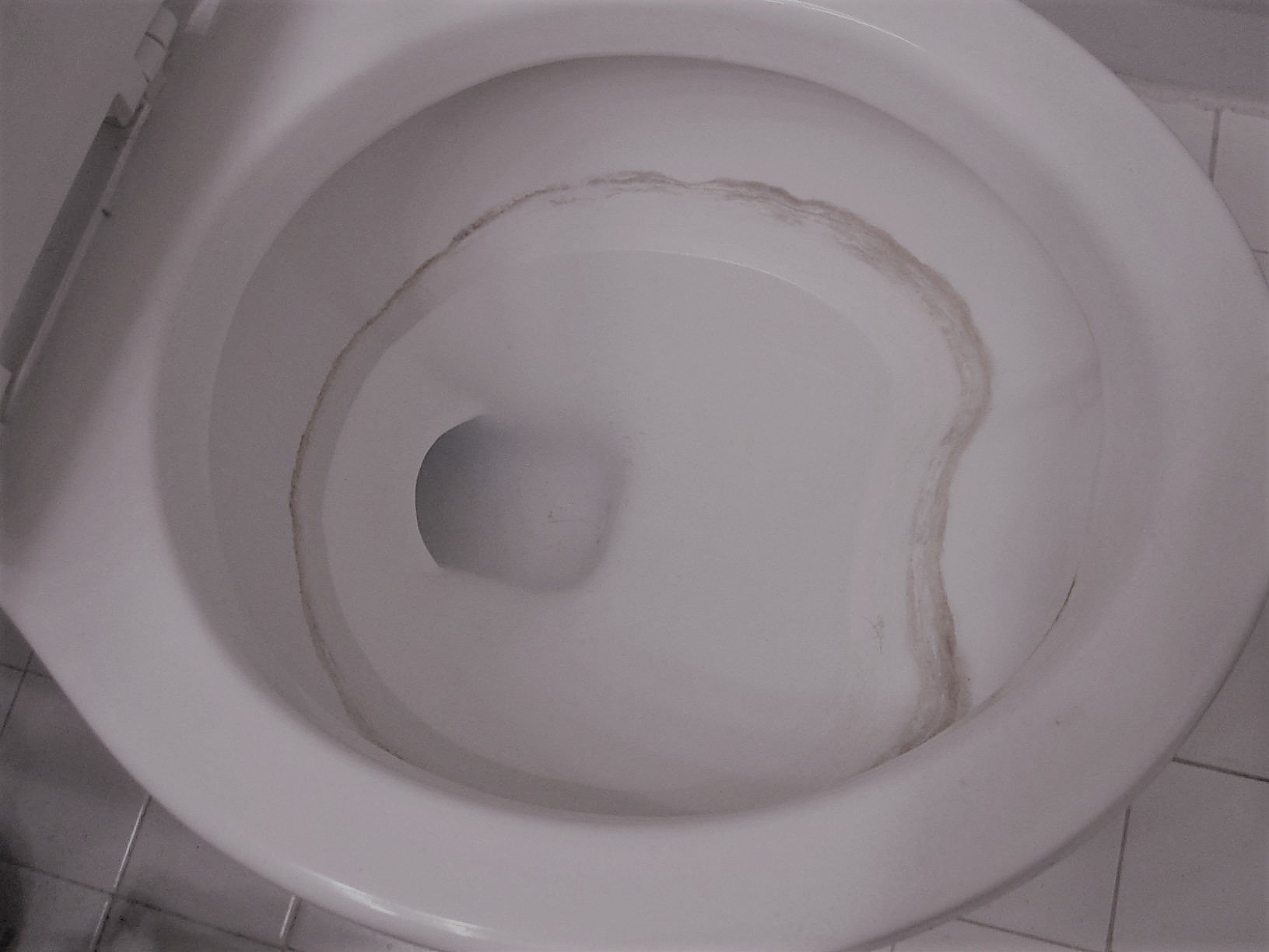
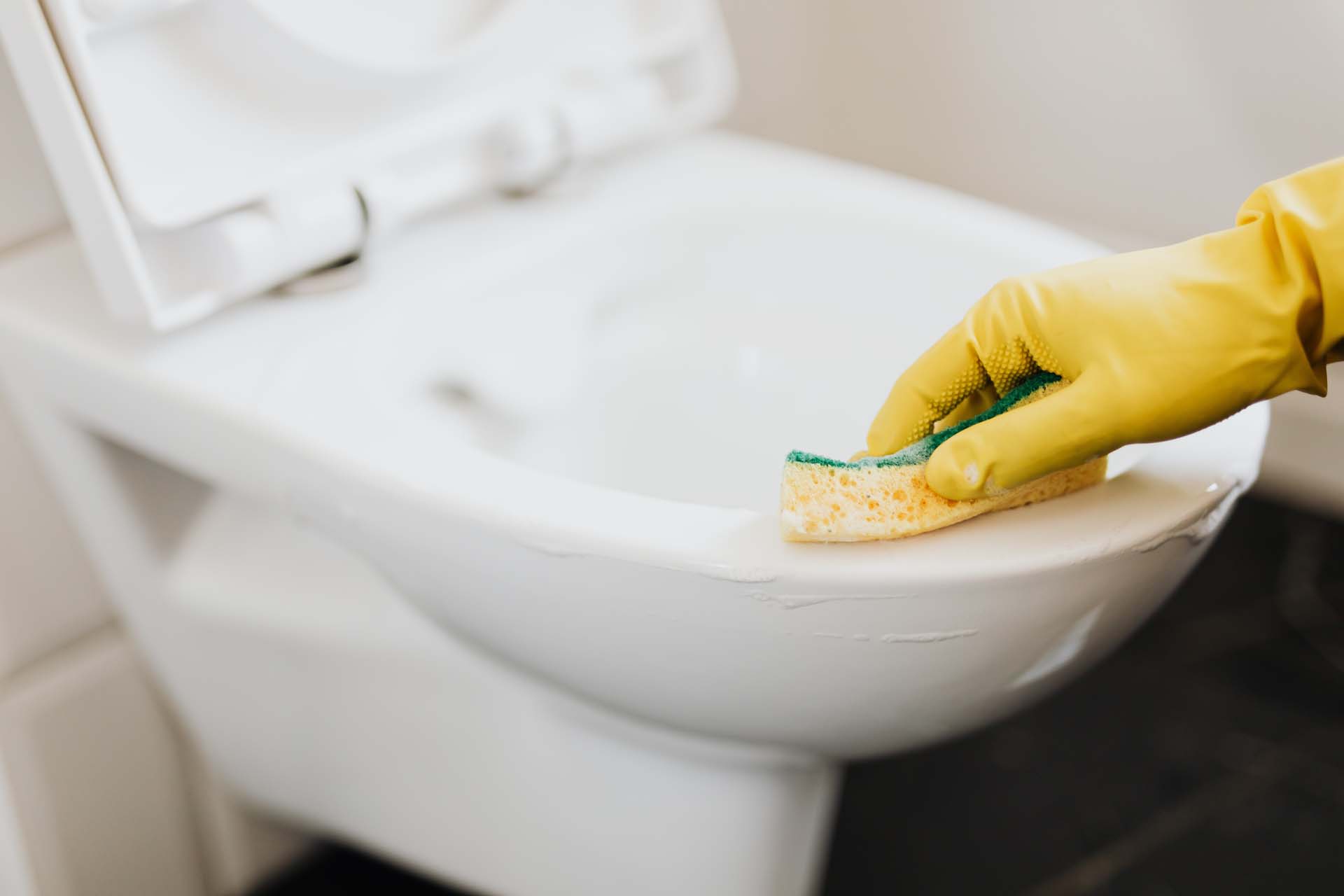
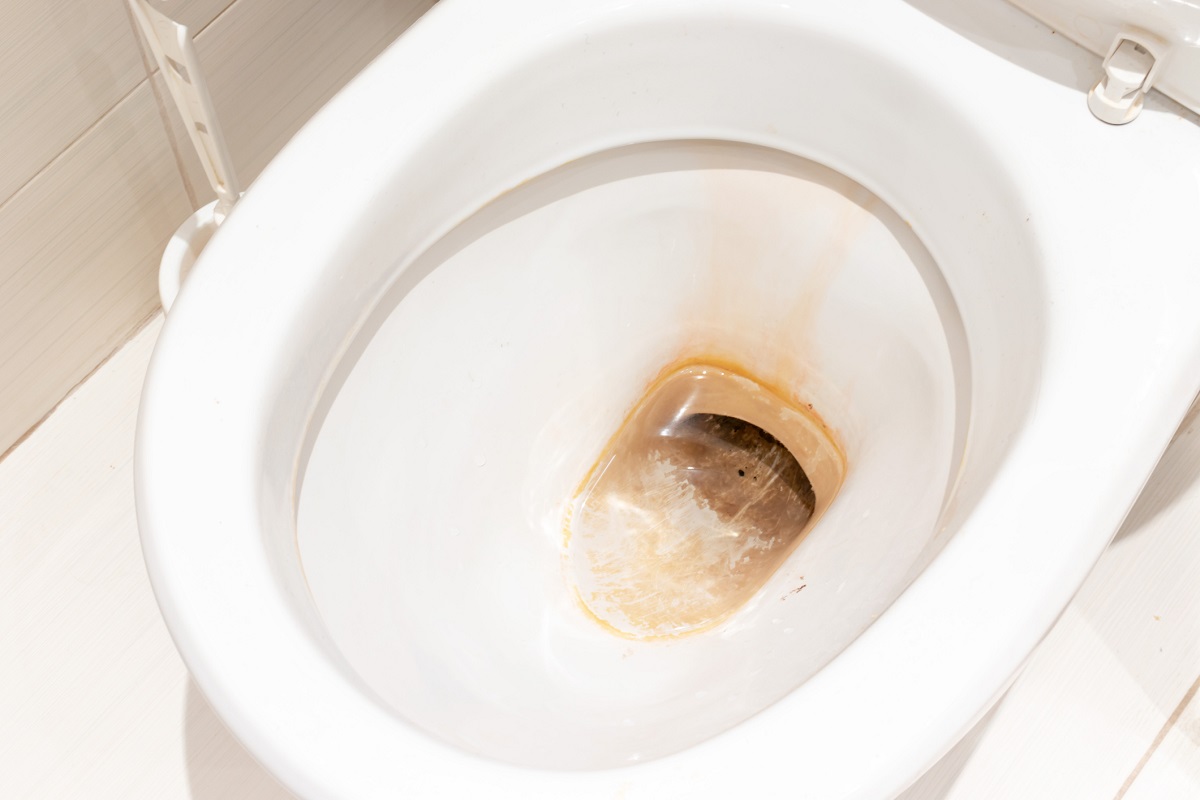
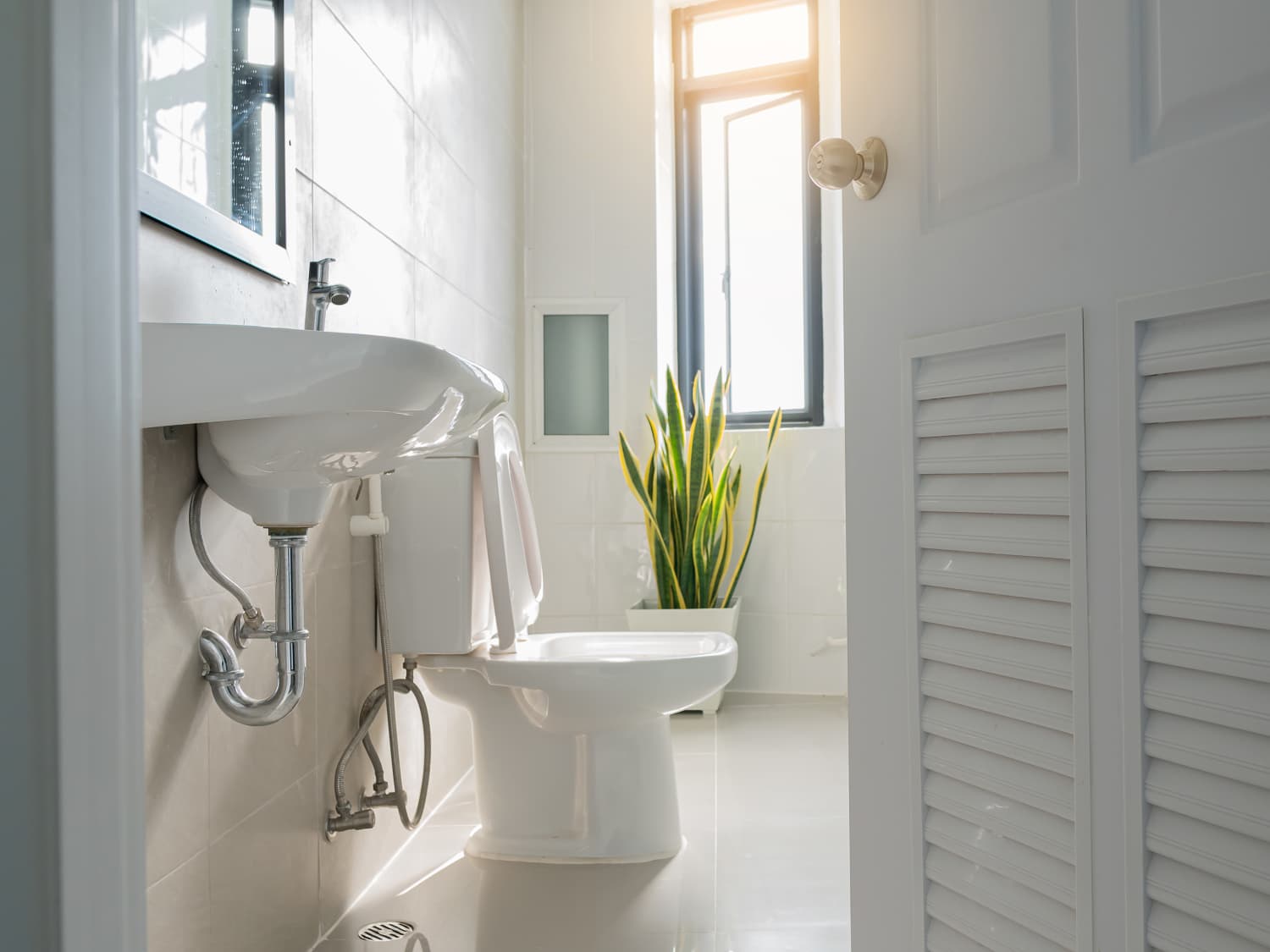

0 thoughts on “How Do You Clean A Stained Toilet Bowl”